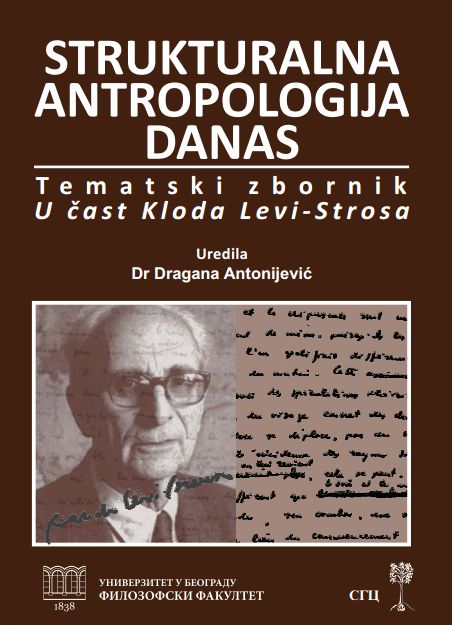
Klod Levi-Stros: maska i mit
This paper discuss a relationship between mask and myth and how the appropriate analysis by Claude Levi-Strauss may make clearer a complex field of masks in the part of North America. Claude Levi-Strauss stressed the multilayered character of myth structure. Similar multi-layered character can be seen at the level of expression, content and meaning of Salish, Kwakiutl and other unique masks of this part of North America. Claude Levi-Strauss analysed certain myths trying to explain 'the path' of the masks that belong to the people with similar languages, or those who lived nearby. The mythology of Tsimshian, Tlingit and Haïda people have certain common characteristics that point to the similarities with the nearby groups (Kwakiutl). Despite differences that exist at the level of meanings of the masks, there is also common 'mythological heritage' of the people who used to live in the Northern Pacific Coast. Caude Levi-Strauss showed that there is no final solution in the myth analysis, and that there is no possibility that the dissection of the problem will reveal some hidden unity. 'As mythical though does not want to start clearly somewhere and come somewhere, it never goes through its whole trajectory: there is always something waiting to be fullfield. The same way as rituals, myths are infinite.' It seems that Levi-Strauss explanation of the Path of masks goes in that direction.
More...





